Hail Damage Insurance Claims: What to Know Before You File
Hailstorms may seem fleeting, but their impact can be anything but brief for homeowners. When hail damage strikes, it leaves behind a trail of destruction that necessitates navigating the often complex world of insurance claims.
Understanding how to effectively file hail damage insurance claims helps you reclaim your peace of mind and financial stability.
Homeowners’ insurance policies are intricate documents filled with important details that influence your claim. Key concepts like Replacement Cash Value, depreciation, and deductibles play vital roles in determining how much coverage you receive. Before diving into the claims process, it’s essential to grasp these elements and how they affect your situation.
In this article, we will explore the steps to take after experiencing hail damage, clarify the claims process, and highlight best practices for ensuring a successful outcome. Keep reading to learn more.
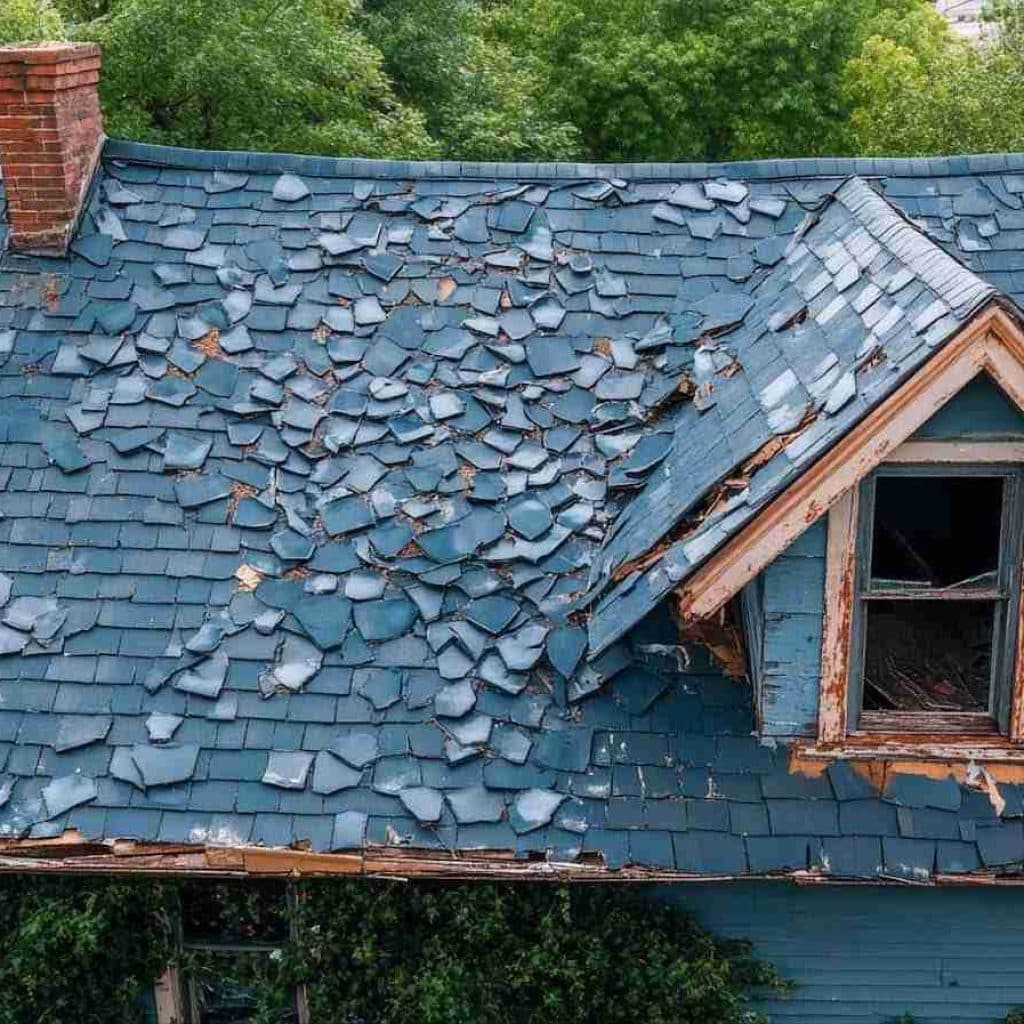
Understanding your homeowners’ insurance policy
Before you start thinking about hail damage insurance claims, you need to understand your homeowners insurance policy. It’s important to know what’s covered and what’s not, so you don’t face surprises.
An insurance policy is a contract between you and the insurance company. It says how they will help you if there’s damage to your home, like from a hail storm.
Your insurance policy will tell you about your insurance coverage. When the hail storms come, you’ll want to know if there’s coverage for your roof and other parts of your house. Sometimes, there are limits to how much the insurance will pay. Reading your policy carefully helps you understand these limits.
Understanding your policy also includes knowing about the insurance claims process. The claims process is what you follow to get help from your insurance if you have hail damage. By knowing this process, you’ll be prepared and make sure you do everything right.
Replacement Cash Value (RCV)
When you look at your insurance policy, you might see the words Replacement Cash Value or RCV. But what does it mean? RCV is the amount it costs to replace your damaged items with new ones without taking away any money for wear and tear (that’s called depreciation).
Let’s say a hail storm damages your roof. If your policy covers RCV, the insurance company will pay to replace the roof with a new one that is as similar as possible. This can be helpful because you don’t have to worry about not having enough money to completely fix hail damage.
Here’s a simple example:
If your old roof costs $10,000 and your new roof will cost $12,000, RCV insurance will cover the full $12,000.
Knowing if your policy includes RCV helps you understand what to expect when you file your hail damage insurance claim.
Depreciation
Now, let’s talk about depreciation. Depreciation means how much value something loses over time. Things get older and may not work as well, so their value goes down. In insurance, some policies take away part of the repair payment because of this depreciation.
For example, if your roof is old and damaged by hail, the insurance may not give you the full amount to buy a new roof. Instead, they take some money off for depreciation.
For example, if your new roof costs $12,000, but depreciation takes $4,000 off its value, insurance will only cover $8,000 of it. You will need to pay the difference.
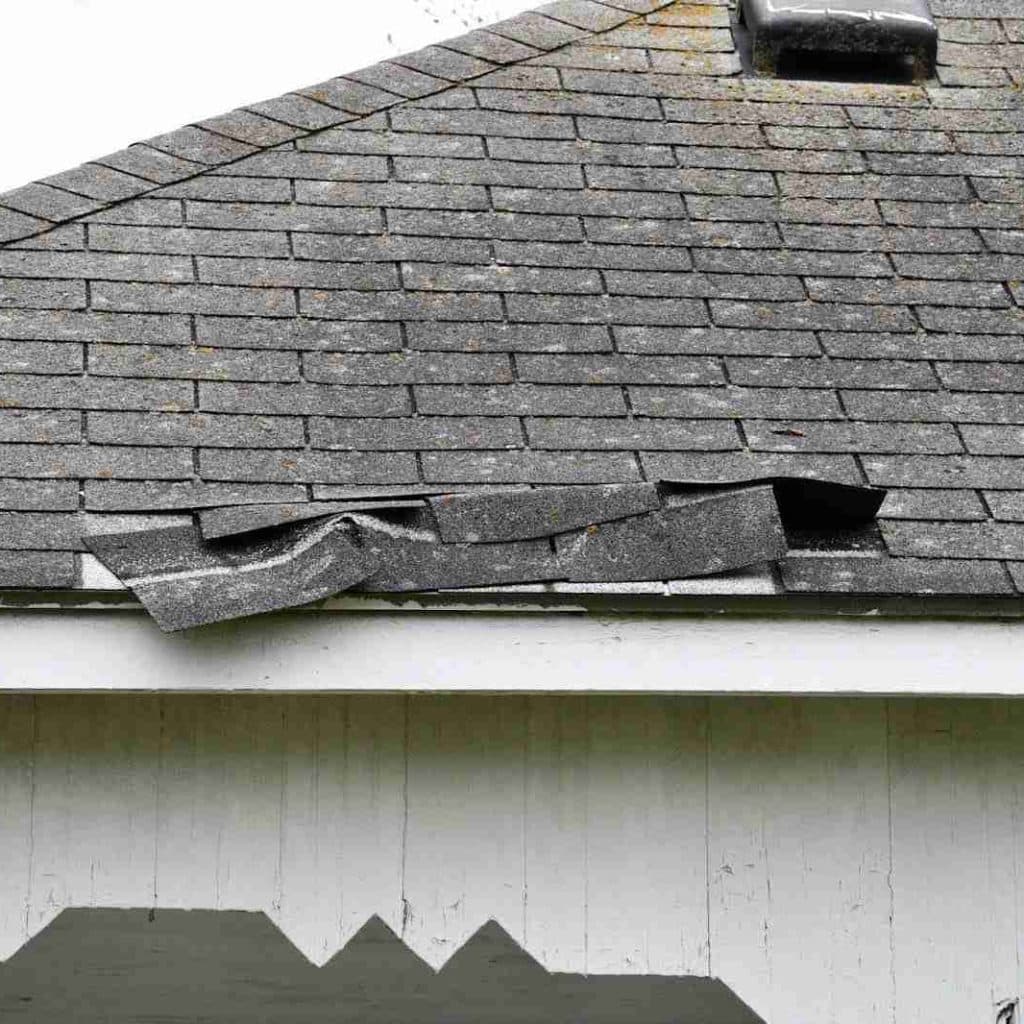
Deductibles
Deductibles are an important part of your insurance policy. A deductible is the amount of money you have to pay before the insurance company helps with the rest. It’s kind of like a share of the cost that you agree to handle yourself.
For instance, if your deductible is $1,000 and a hail storm causes $5,000 of damage, you pay the first $1,000. The insurance company would then cover the remaining $4,000.
Different policies have different deductible amounts. Sometimes, you can choose a higher deductible to get a lower premium, which is the amount you pay to have insurance coverage. But remember, that means you’ll pay more out of pocket if you need to repair hail damages.
Understanding your deductible helps you know your costs before you file a hail damage insurance claim. That way, you’re ready for any part of the cost of repairs you’ll need to cover.
Steps to take after hail damage
Documenting the damage
The first thing you need to do after a hailstorm is to check your property for damage. Look around your house, car, or business building for signs of hail damage.
Take lots of pictures and videos. This includes damage to the roof, siding, windows, and even smaller items like gutters and outdoor furniture. These images and recordings will be valuable records when filing a claim for hail damage.
Make sure you capture the severity and extent of the damage. If there are dents, cracks, or any forms of cosmetic damage, document these as well. Having a clear record of the damage will help your insurance company make a fair assessment of your insurance claim.
Remember, clear and thorough documentation is essential.
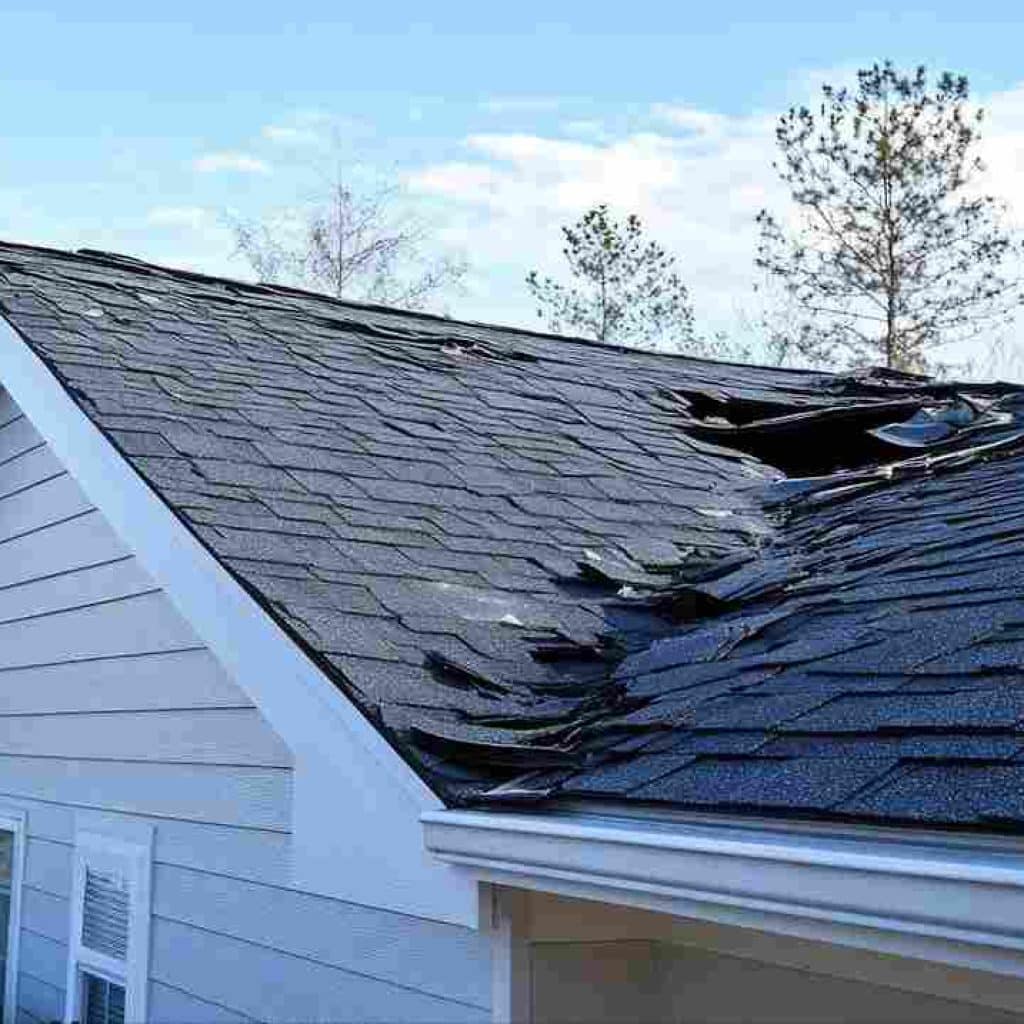
Importance of professional inspection
Even if you’ve looked at your property yourself, you should still get a professional inspection. Sometimes, hail damage is hard to see without the right tools and expertise. Roofing contractors or a public adjuster help spot damage that might be missed by the untrained eye.
A reputable contractor will provide a repair estimate and determine if there’s structural or cosmetic damage that needs fixing. They will help you understand whether hail damage repairs are necessary and what they might cost. Often, a professional opinion will support your claim and help the insurance adjuster understand the full extent of the damage.
Making detailed notes
While dealing with hail damage, it’s important to keep detailed notes. Write down everything about the hail storm, including the date and time it happened. Make notes about the size of the hailstones if you can, and any unusual weather conditions.
Note every person you talk to regarding the damage — this includes your insurance company, any adjusters, and roofing contractors. Record their names, the date of each conversation, and what was discussed.
Having a detailed log is very helpful if there are any questions during the insurance claims process about the timelines and estimates provided for repairs. These notes play a big role in ensuring a fair assessment and smooth claims process.
By following these steps, you’ll be better equipped to handle the repair process and filing a claim. Remember, time is of the essence. Don’t delay in reporting the hail damage to ensure you’re within your insurance policy’s time limits for filing a claim.
Be proactive in protecting your property, and soon, you’ll be on your way to successful hail damage insurance claims.
The claims process explained
The first step in the claims process is contacting your insurance company. Here’s what you should do:
Review your insurance coverage
Before calling your insurance provider, review your insurance policies to understand what’s covered. Check for things like comprehensive coverage and replacement cost benefits.
Report the damage
Call your insurance company as soon as possible to report the hail damages. Time limits often apply, so early reporting is essential.
Provide basic information
Be ready to provide your policy number and a description of the damage caused by the hail storm.
Ask questions
Don’t hesitate to ask your insurance provider about the next steps in the insurance claims process. Knowing what to expect helps you prepare more effectively.
Submitting documentation
Proper documentation is key to filing a successful hail damage insurance claim. Here’s how you can prepare the necessary materials:
Take photos and videos
Document the hail damage extensively. Capture both wide shots and close-ups of all affected areas, including roofing, windows, and siding, that may have suffered from cosmetic damage.
Make temporary repairs
If waiting for a claims decision could lead to further damage, make temporary repairs. Keep all receipts and note that temporary repairs should be minimal and necessary.
Gather estimates
Obtain repair estimates from reputable roofing contractors. This will help provide a fair assessment of the cost of repairs.
Organize your documents
Create a folder (physical or digital) to organize receipts, estimates, photos, and communication logs with your insurance company.
Submit a detailed claim
Use all the collected information to complete your claim form. Make sure everything is detailed to prevent any delays in the claims process.
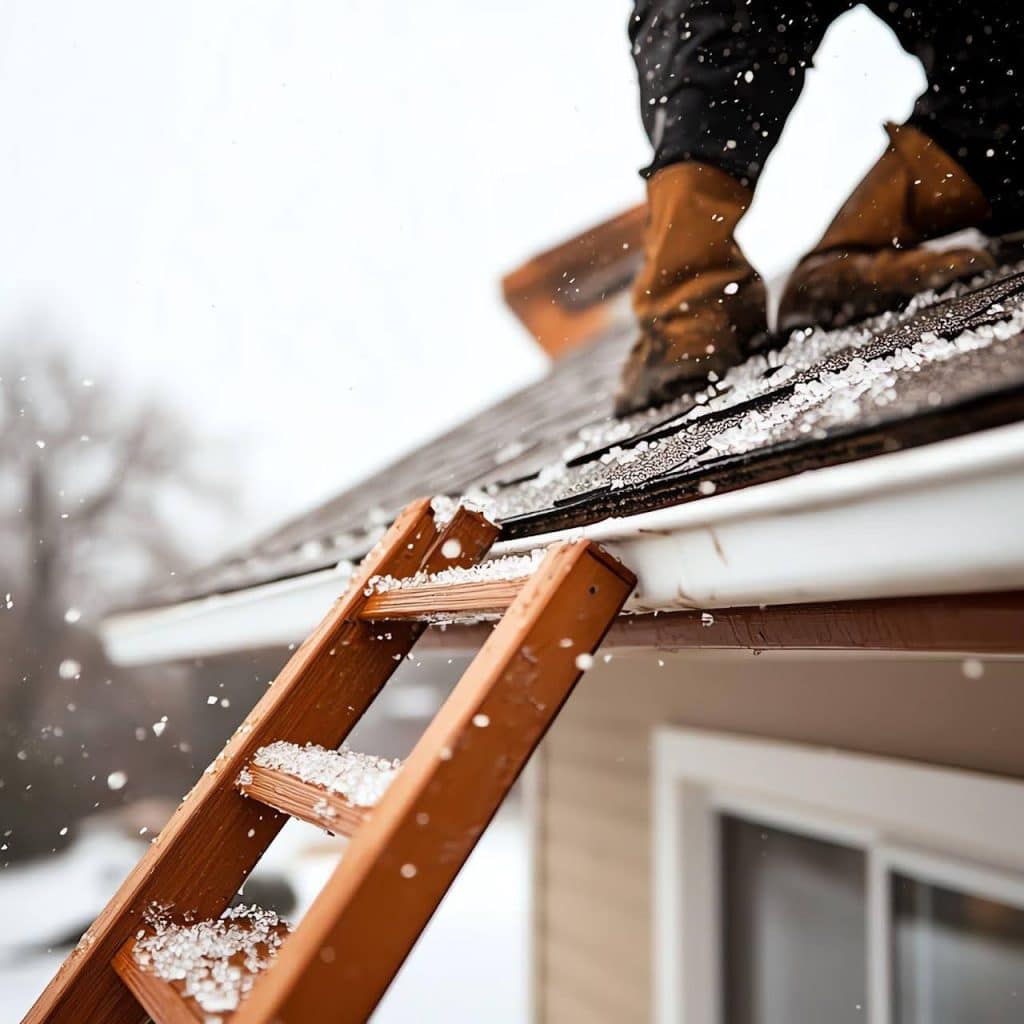
Navigating the insurance adjuster’s assessment
Once you have submitted your hail damage insurance claim, an insurance adjuster will assess the damage. Here’s how to prepare:
Schedule a visit with the adjuster
Coordinate with the insurance adjuster to schedule a convenient time for them to assess the damage.
Prepare to be present
Be there during the adjuster’s visit to answer any questions and point out the extent of the hail damage.
Present your documentation
Share the photos, repair estimates, and any evidence of temporary repairs with the adjuster.
Understand the initial and final estimates
The adjuster will provide an initial estimate of the repairs. Ask questions if anything is unclear and ensure that all damages are accounted for.
Consider a public adjuster
If you disagree with the insurance adjuster’s assessment, hiring a public adjuster will help ensure a more comprehensive evaluation.
By understanding these steps in the claims process, commercial property owners and homeowners alike can navigate filing a claim for hail damage with greater confidence.
Remember, knowledge is your most important tool when it comes to insurance claims. A well-documented claim will help you achieve a satisfactory settlement and potentially avoid issues with future claims.
Collaborating with contractors
Choosing the right roofing contractors is important for ensuring that damages are properly assessed and repaired. Here’s how to navigate this process effectively:
Select a reputable contractor
Look for contractors with a proven track record in hail damage repairs. Verify their credentials and ensure they are licensed and insured. Seek out recommendations from friends, neighbors, or online reviews to find a reputable contractor.
Obtain multiple estimates
Gather initial estimates from at least three different contractors to understand the scope and cost of repairs. This will help you get a fair assessment of the actual damage and cost of repairs. Comparing estimates can also help negotiate with your insurance company if needed.
Coordinate with your insurance adjuster
Ensure your contractor is available to meet with your insurance adjuster during the inspection. This collaboration helps verify the repair process and scope, providing a comprehensive perspective.
Beware of storm chasers
After hailstorms, some contractors may appear suddenly, offering quick services at seemingly low prices. Stick to local contractors with established reputations to avoid scams and shoddy work.
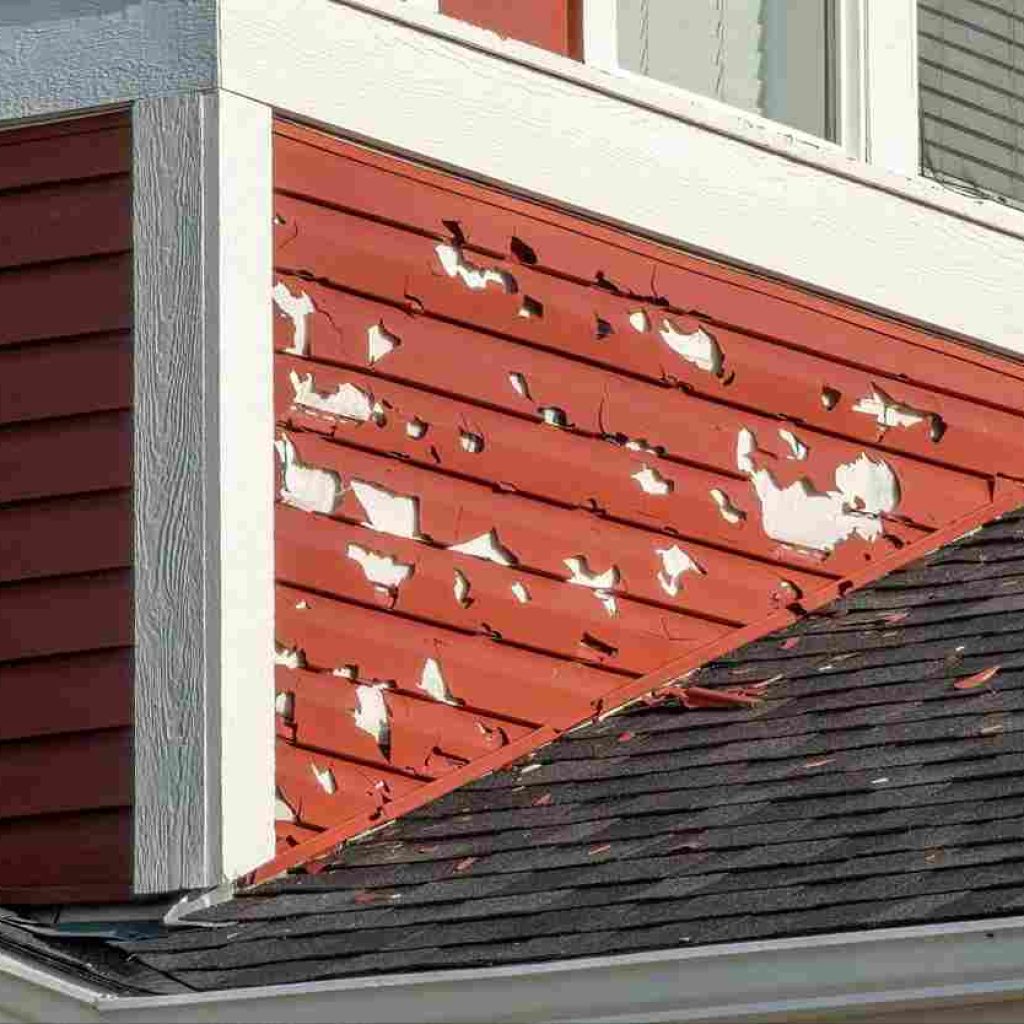
Importance of accurate coverage
You need the right insurance coverage when dealing with hail damage. Here’s what you should know:
Review your insurance policies
Regularly review your insurance policies to understand what is covered under hail damage. Some policies cover only functional damage while excluding cosmetic damage, which can affect appeal but not performance.
Know your coverage levels
Understand the difference between actual cash value and replacement cost coverage. Actual cash value covers the depreciated value of your damaged items, while replacement cost provides the amount needed to replace the damaged property.
Understand your deductible
Know how much your deductible is and factor it into your repair calculations before filing a claim. As we mentioned earlier, higher deductibles mean you pay more out-of-pocket before insurance coverage kicks in.
Time limits for filing
Be aware of any time limits your insurance company imposes when filing a claim for hail damage. Filing delays could result in reduced or denied claims if not done within the prescribed period.
Ensuring repair quality
Ensuring the quality of your repairs will protect your home and prevent future claims related to poor repair jobs or unaddressed damages. Here’s how to ensure top-notch repair quality:
Use a written agreement
Always work with a detailed written contract that outlines the repair process, costs, timelines, and materials to be used. This protects you from unexpected alterations or additional charges later on.
Request warranties
Make sure the contractor provides warranties covering their workmanship and materials. This assurance is a safeguard against future issues stemming from the initial repairs.
Inspect completed work
Thoroughly inspect all repairs before signing off on completion. Pay special attention to areas that could lead to additional damage if not correctly repaired, like roof and structural work.
Post-repair documentation
Document repair work with photos and reports from both the contractor and, if applicable, a public adjuster. These records provide concrete evidence for future claims or disputes with the insurance company.
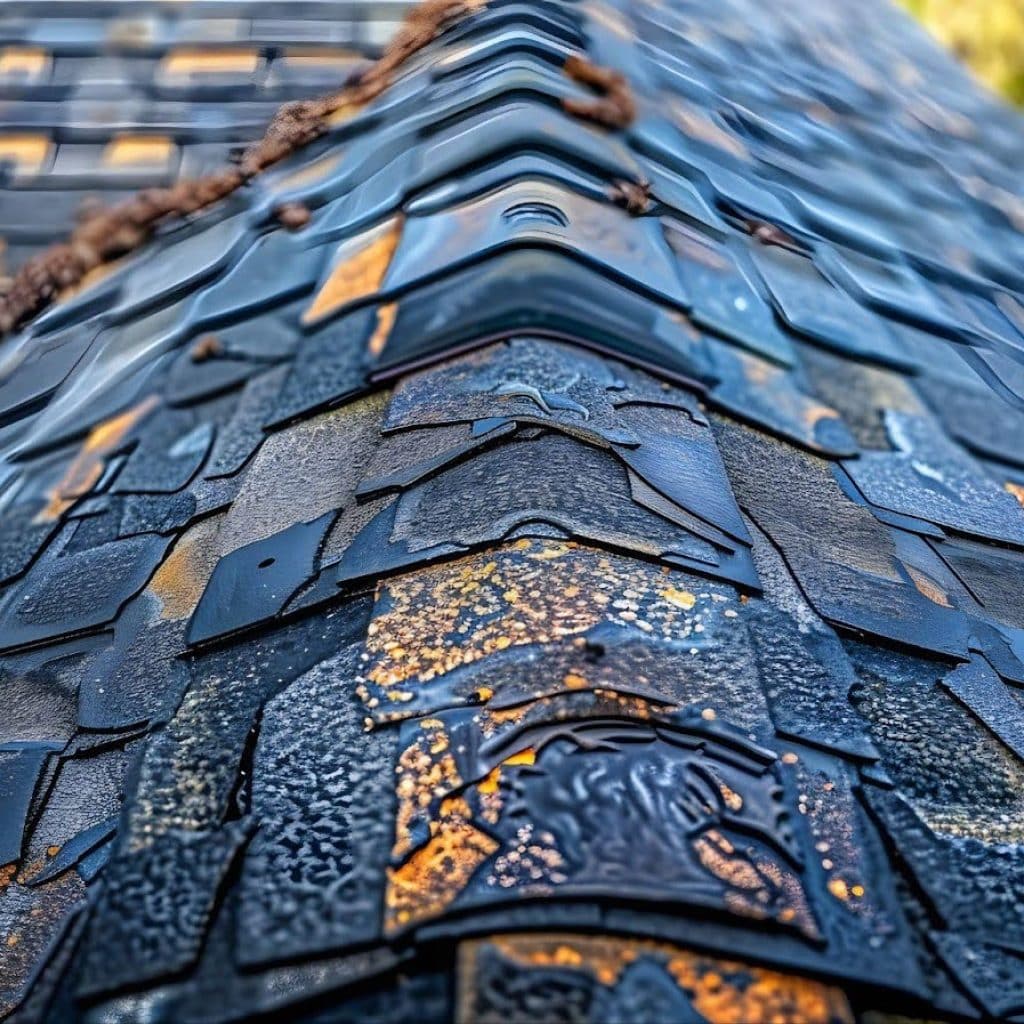
Types of payments you may receive
When you file a claim for hail damage, you may receive different types of payments throughout the insurance claims process. These payments aim to ensure you can make necessary repairs and maintain your quality of life while your home or commercial property is being restored. Here’s what you can expect:
Initial payment
Once your claim is approved, you’ll often receive an initial estimate of coverage. This includes funds to begin immediate repairs, known as Temporary Repairs, to prevent further damage.
Supplemental payments
If the cost of repairs exceeds the initial estimate, you might submit additional documentation for what’s called supplemental claims. Additional costs, such as unforeseen damages found during the repair process, may be covered here.
Final payment
After the hail damage repairs are completed, the insurance company might issue a final payment based on the actual expenses incurred. This requires submitting a repair estimate from reputable contractors to verify expenses.
Understanding these payments and how they factor into your comprehensive coverage policy helps ensure you’re appropriately supported through the repair journey.
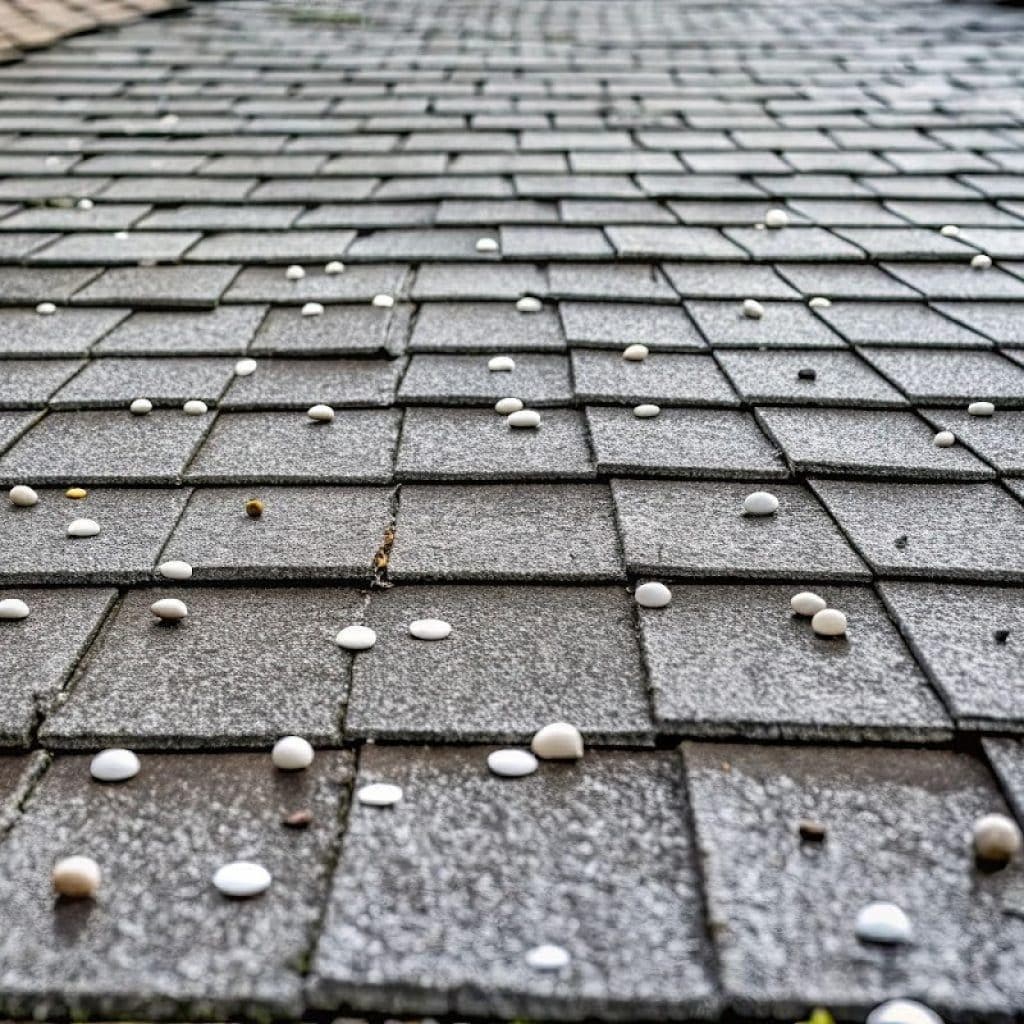
Hire a public adjuster from Hudson Douglas Public Adjusters
Ready to take control of your insurance claims process with confidence? Reach out to Hudson Douglas Public Adjusters. Our team of dedicated public adjusters is here to provide you with the expert support you need to navigate through the complex claims process seamlessly.
We understand the challenges and frustrations that come with filing insurance claims, and we are committed to advocating for your best interests to ensure you receive the full compensation you’re entitled to.
At Hudson Douglas, we believe no one should have to face the daunting task of dealing with insurance companies alone. By partnering with us, you gain access to professionals who will meticulously document your damages, handle all negotiations, and fight to maximize your claim.
Our adjusters have a wealth of experience and a track record of successful claims across a variety of damage types and scenarios.
Don’t let the stress of insurance claims overshadow your recovery. Contact Hudson Douglas Public Adjusters today and let us help you secure the compensation you need to move forward. Our team is ready to assist you — ensure your rights are protected and that your claim is settled fairly and promptly.



